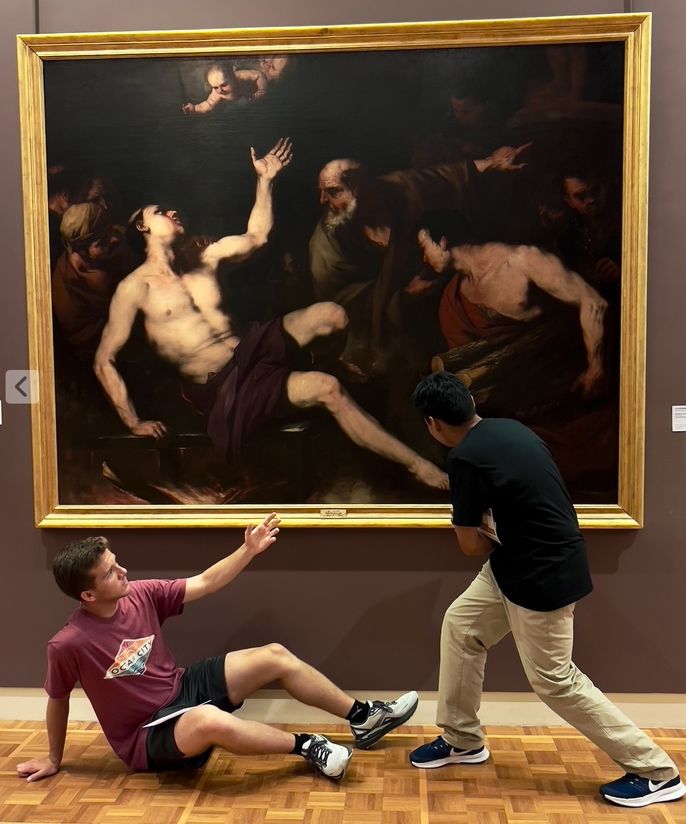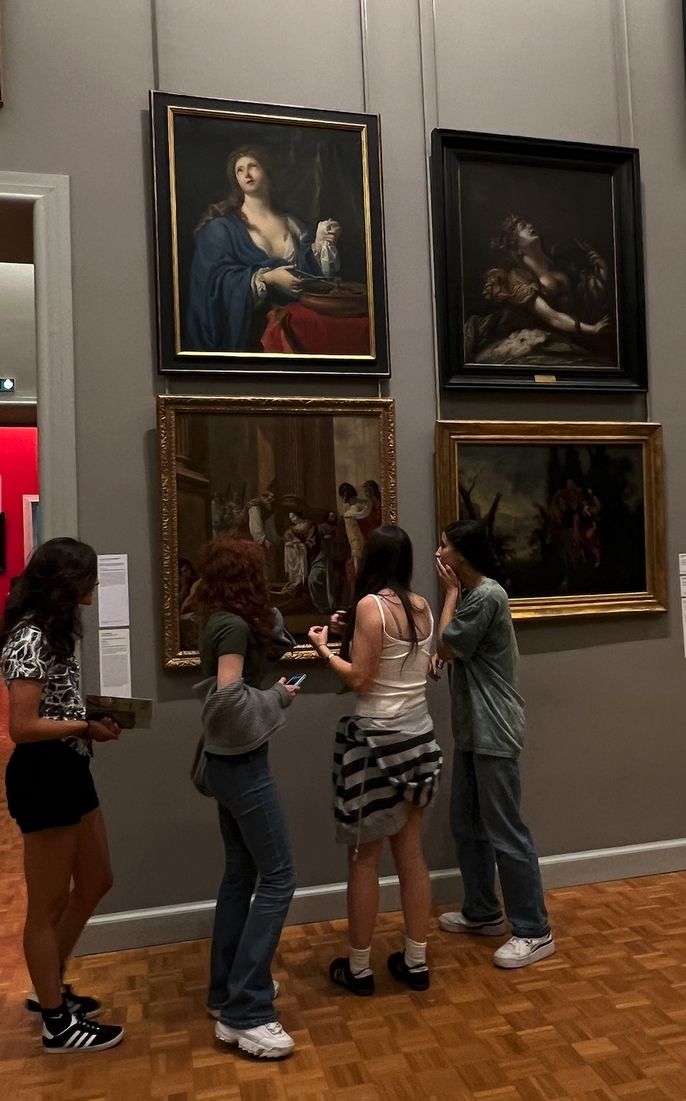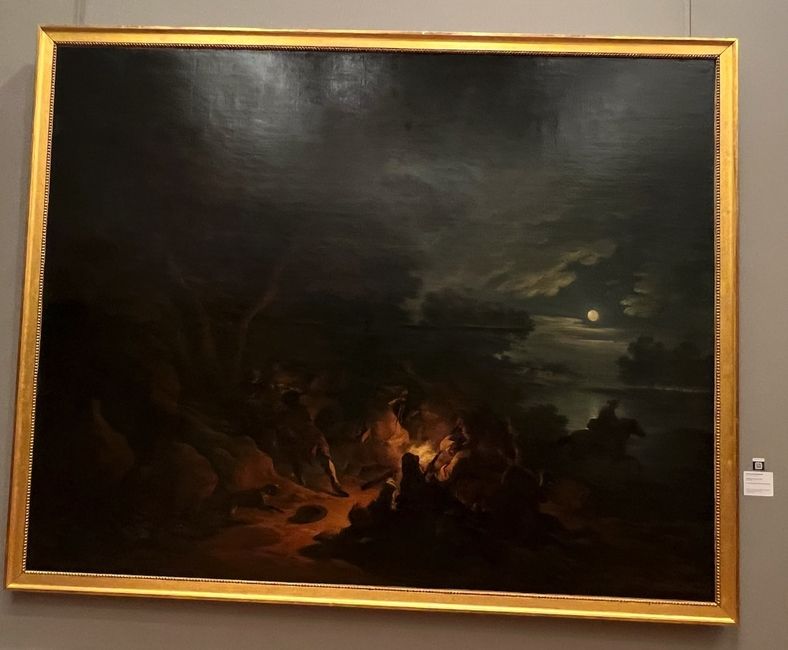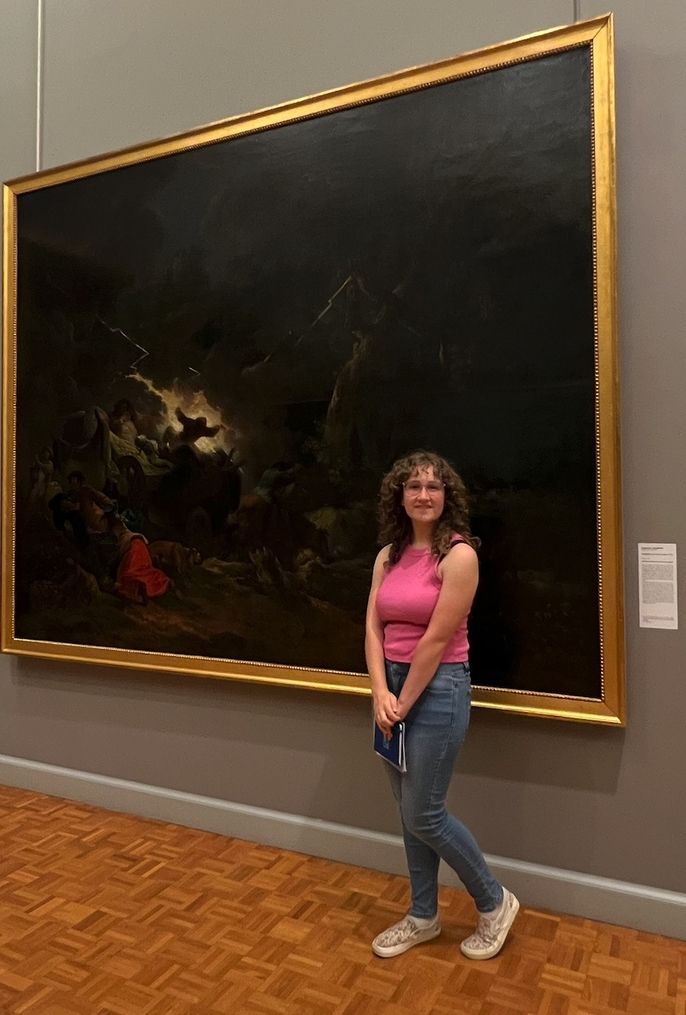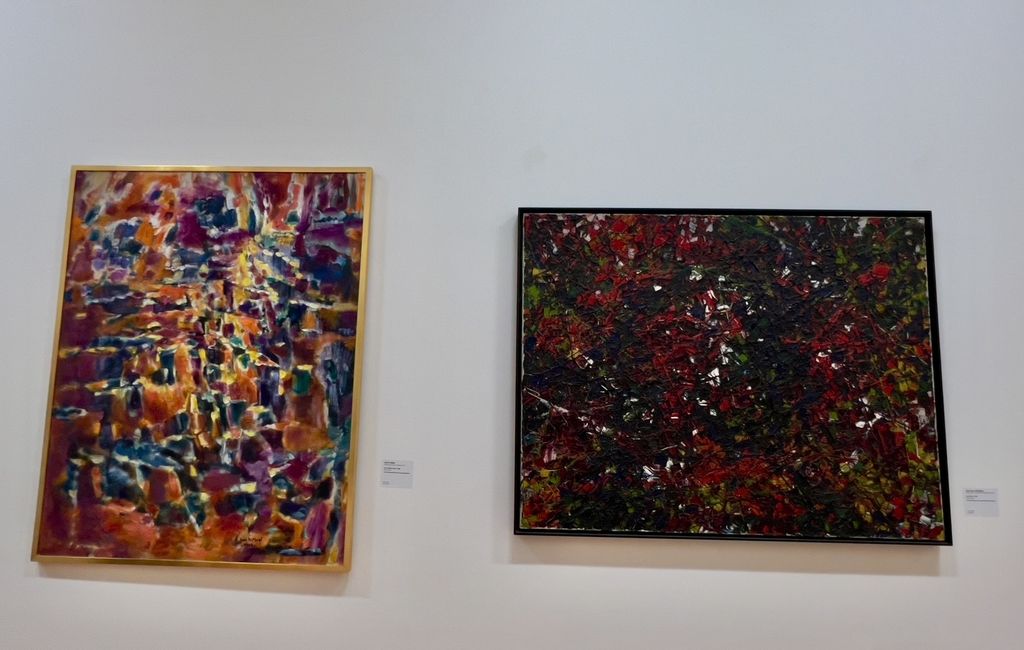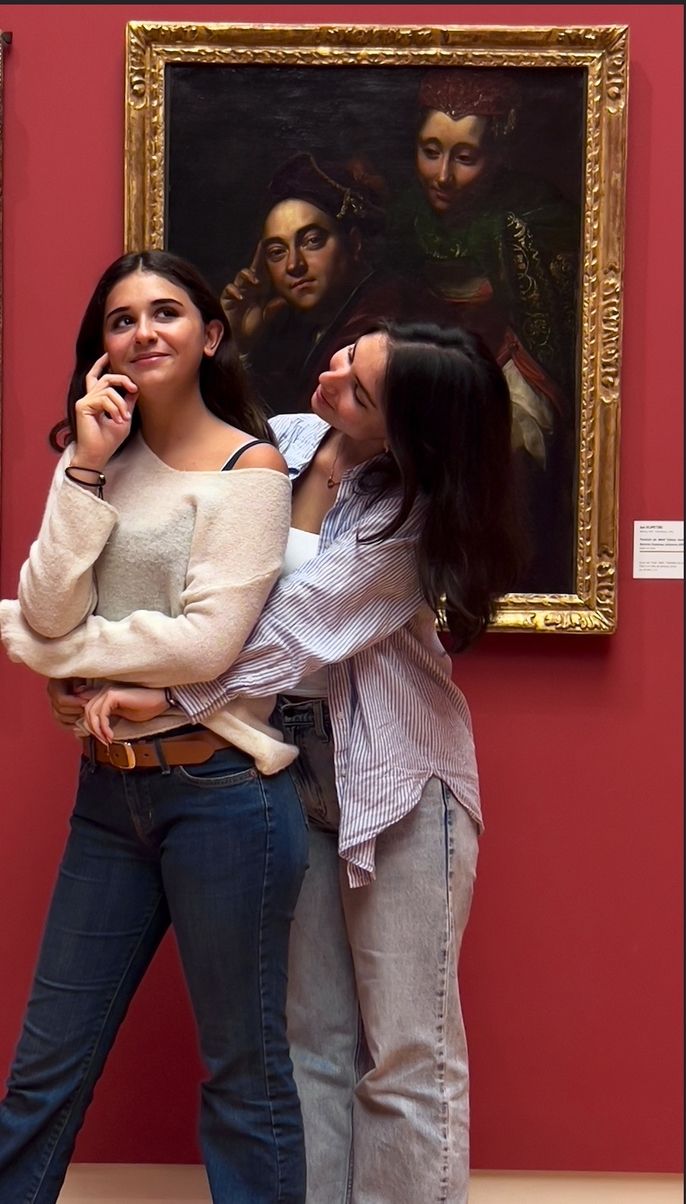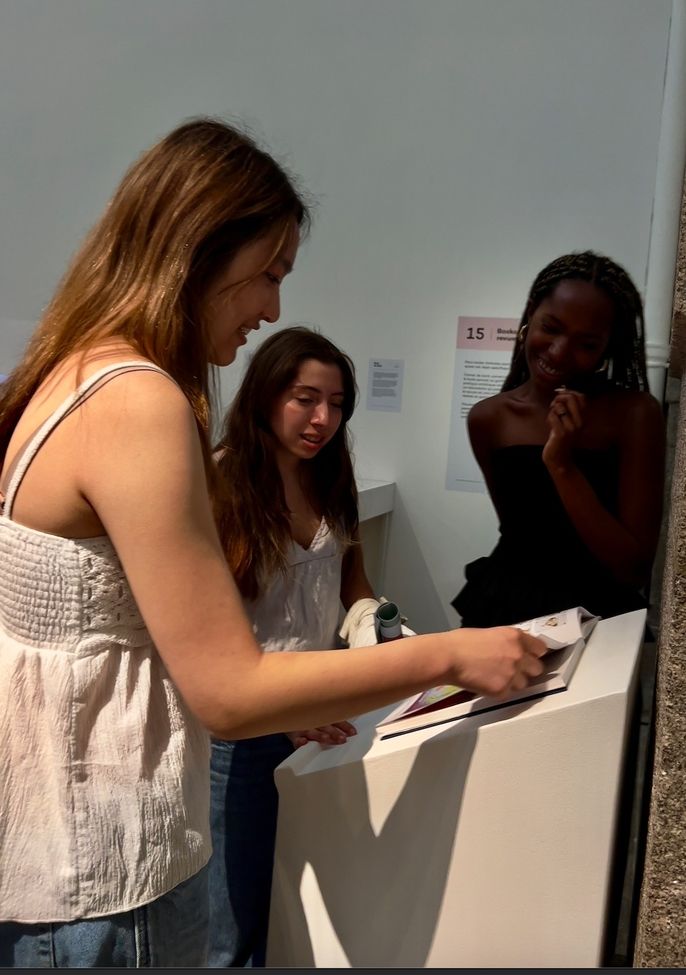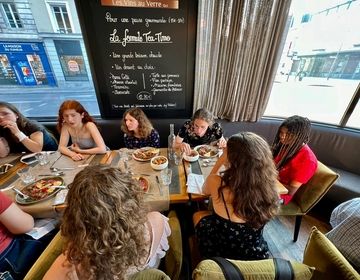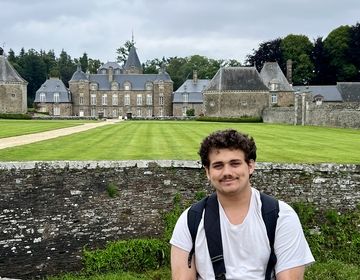Exploring Art Through the Ages: From Graffiti to Masterpieces at the Musée de Beaux Arts de Rennes
After immersing themselves in the vibrant street art of Rennes yesterday, students embarked on a new cultural adventure at the Musée de Beaux Arts de Rennes (Rennes' Museum of Fine Arts) to explore "l’Exposition Aérosol, une histoire du graffiti," a fascinating temporary exhibition on the history of graffiti. This was a perfect complement to the museum’s extensive permanent collection, which spans over 200 years of art, both classical and modern.
The museum's history dates back to 1794 when it first opened with the private collection of Christophe-Paul de Robien, Brittany's President of Parliament. At the time, it was hailed as one of Europe’s most esteemed collections, boasting an array of paintings, sculptures, Egyptian and Celtic artifacts, and exquisite art pieces from around the world. Highlights included an exceptional assortment of drawings by masters like Leonardo da Vinci, Botticelli, Dürer, and Rembrandt.
In the early 19th century, the museum expanded to include works by European greats such as Veronese, Rubens, and Le Brun. Although damaged during World War II, it underwent a significant renovation in 1957, adding notable Impressionist works by artists like Caillebotte, Bernard, Sérusier, and Lacombe. Over the past two decades, the museum has continued to evolve, incorporating modern masterpieces by Kupka, Picasso, Marcoussis, and Tanguiy.
Students had the opportunity to explore each level of the museum, engaging deeply with the art. They selected specific pieces to discuss in French with their Program Leaders, enriching their language skills and cultural understanding. Many students were particularly captivated by the New York Metro Map Graffiti piece, which resonated with their own experiences of public transportation back home. Some even had their photos taken while mimicking their favorite artworks, adding a playful and interactive element to their visit.
This excursion not only provided a deeper appreciation for the historical and artistic heritage of Rennes but also offered a unique perspective on the evolution of street art, bridging the gap between classical art forms and contemporary expressions.
Related Posts
A Delicious Farewell
Last night, the Honors Program celebrated the end of a wonderful month at the Brasserie de la Paix in Rennes. Students enjoyed a delicious three course meal, with French specialties... keep reading
On fait du kayak! Enjoying Rennes via Water
When the sun is blazing and the temperatures rise, there's nothing more refreshing than spending time on or near water. Our students had the perfect opportunity to cool off and... keep reading
Allez au zoo! Discovering Endangered Species Preservation at Parc Bourbansais in Rennes, France
Parc Bourbansais is a park between Rennes and Saint Malo and it’s no ordinary zoo; it’s one of many of the new types of animal parks concerned with the preservation... keep reading


